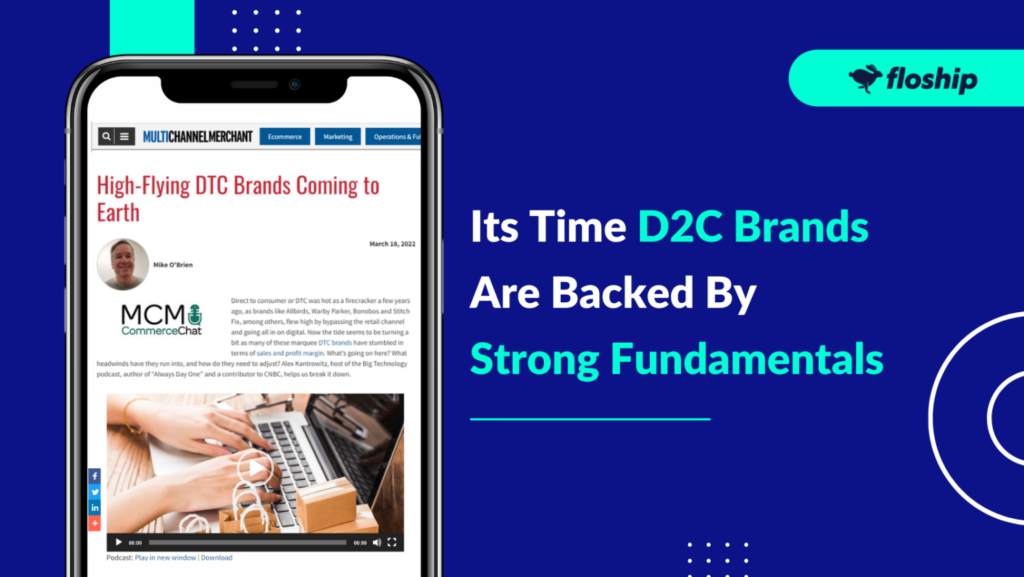Direct to Consumer (DTC) brands such as Warby Parker and Stitch Fix caught the eye of investors and flourished as successful businesses pre-pandemic.
How Stitch Fix Survived and thrived During the Coronavirus
Warby Parker co-CEO: we’re stronger from COVID headwinds
However, recently they are experiencing hindrances in increasing their sales and profit margins. There are several new factors inhibiting their growth outside the supply chain strategy:
Skyrocketing Paid Advertisement Costs On Social Media Channels
Although transitioning to an e-commerce business helped in these companies’ sustainability, the demand for paid advertisements on social media platforms like Facebook increased, this previously under-invested space with fractional costs per thousand impressions has now risen by 3x.
The Significant Increase In Import Costs From China
Which now costs importers as much as 10x more than Pre-Pandemic Rates. The increase in import costs negatively affects all Direct-To-Consumer brands.
While some DTC companies were able to hold the economy during the pandemic due to low infrastructural costs, most will need to rethink their business models and supply chain strategy. Whether it is diverging into an omnichannel model of having both e-Commerce sites and Physical stores or rethinking their supply chain gameplan, companies will have to revisit their fundamentals.
Here is the list of useful blogs that will give you great insights of key factors to drive D2C success in 2022. Happy Reading!
3 Tips To Lower Your Cost Through Volumetric Weight Optimization
4 Ways To Improve Your Cross Border Ecommerce Shipping
3 Reasons to Embrace Omnichannel Retail in a Post-Pandemic World
How Multiple Marketplaces Can Grow Your Digital Footprint
How to Cut E-Commerce Traffic Costs with One Simple Optimization

Ready To Upgrade Your Logistic Solution?
Speak to Floship ecommerce logistic consultant about improving your global support chain today





